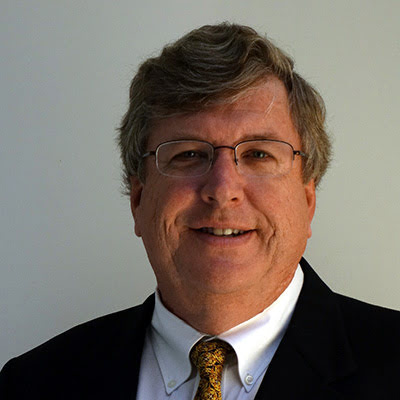About This Webinar
Demand for high sensitivity and high dynamic range motivates new approaches for image sensors.
The quanta image sensor (QIS) concept involves counting individual photons on sensors made of 1 billion or more specialized sub-diffraction-limit photodetectors (called jots). A series of bit planes is generated through high-speed readout, and a kernel or "cubicle" of bits (X,Y, t) is used to create a single output image pixel. The size of the cubicle can be adjusted post-acquisition to optimize image quality. Jots are read out at 1000 fps, for a data rate exceeding 1Tb/s.
Basically, we are trying to count photons as they arrive at the sensor. Recent progress toward realizing the QIS for commercial and scientific purposes will be discussed. This includes investigation of a pump-gate jot device implemented in a 65-nm process, power-efficient readout electronics (currently less than 20 pJ/b in 0.18 um CMOS), creating images from jot data with high dynamic range, and understanding the imaging characteristics of single-bit and multi-bit QIS devices, such as the inherent and interesting film-like D-log(H) characteristic.
If successful, the QIS will represent a major paradigm shift in image capture. Applications include aerospace/defense, life sciences, photography and cinematography.

Dr. Eric R. Fossum is a professor at the Thayer School of Engineering at Dartmouth College in Hanover, N.H. His work on miniaturizing NASA interplanetary spacecraft cameras at Caltech's Jet Propulsion Laboratory in the early 1990s led to his invention of the CMOS image sensor "camera-on-a-chip" that has touched many here on Earth, from every smartphone to automobiles and medicine, from security and safety to art, social media and political change. Used in billions of cameras each year, his technology has launched a worldwide explosion in digital imaging and visual communications.
Honors include induction into the National Inventors Hall of Fame and election to the National Academy of Engineering and the National Academy of Inventors. He received the NASA Exceptional Achievement Medal and is a fellow of the Institute of Electrical and Electronics Engineers (IEEE). He co-founded the International Image Sensor Society and served as its first president.
A graduate of Trinity College and Yale University, Fossum taught at Columbia University and then worked at JPL. He co-founded and led Photobit Corp. and later led MEMS-maker Siimpel. In 2010 he joined Dartmouth, where he teaches and continues research on image sensors. He is also the director of the school's Ph.D Innovation Program. He has published more than 260 technical papers and holds over 150 U.S. patents. He and his wife have a small hobby farm in New Hampshire and he enjoys his time on his tractor.
Additional questions and answers
Q: How do you address ROIC reset noise with jots, and with high gain does this pose a challenge?
A: We use the same CDS concept employed in CMOS image sensors. High conversion gain should only make it easier to do a good job with CDS, I think.
Q: How about fixed pattern noise?
A: With a binary sensor like the QIS, FPN should be less of an issue. But if there is a big variation in conversion gain, and substantial read noise, then FPN could cause some problems, I suppose. We don't expect it at this time. (Famous last words?)
Q: Could the jot somehow act like a quantum dot?
A: Perhaps in the future the properties of QDs could be used to enhance quantum efficiency of the jot.
Q: Why not sum electrons (at the detection threshold) as they arrive, clearing the sensor as quickly as the physics allows? It seems the over-collection of electrons could be dealt with this way and dynamic range would only be a function of counter size.
A: This requires a digital counter with every photodetector, which makes making many small jots much much more difficult. Also, running all 1 billion ADCs in parallel, continuously, would cost enormous power with a 1-Gjot sensor. But other than that, yes you could. We have looked at such systems in the past at JPL for small arrays, large pixels. It is sort of an old concept, even predating the work at JPL.